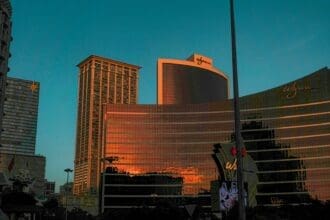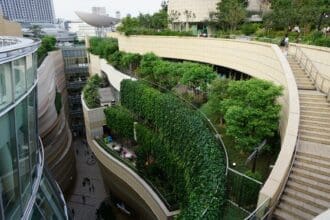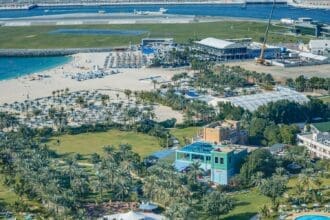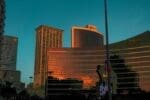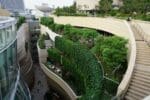Dubai continues to be a magnet for global investors, attracting them with promises of a high standard of living, innovation, and, of course, lucrative property deals. But behind the glittering facade of skyscrapers and luxury projects lie traps that can turn the dream of a successful investment into a costly mistake. Before committing your capital, it is crucial to learn how to recognize the warning signs, or “red flags.” Market analysis isn’t just about reading developer brochures; it requires a deep understanding of historical data, microeconomics, and macroeconomics.
Content
In this article, we will examine three of the biggest red flags in the Dubai property market that you need to be aware of: fake scarcity, cookie-cutter houses, and misleading infrastructure.
Fake Scarcity: The Myth of Infinite Demand
One of the primary factors that should alert investors is the creation of artificial scarcity. Marketing campaigns often emphasize “limited units” and “last chances,” but scarcity has no value unless it is backed by real, sustainable demand.
Let’s look at the numbers. Analyses show that the total supply of townhouses and villas in Dubai is expected to reach around 142,000 units by 2030. Even if we assume only 60% of these enter the market for sale or rent, that’s approximately 85,000 properties. On the other hand, projections indicate that between 110,000 and 120,000 millionaires will reside in Dubai by 2030. At first glance, demand appears to outweigh supply. The catch, however, is that this buyer pool is interested not only in houses but also in luxury apartments. This means that demand is spread across different property types, and claims of a massive deficit specifically in houses may be greatly exaggerated. A thorough Dubai property market analysis is key to making an informed decision.
Cookie-Cutter Houses: When Quantity Trumps Quality
The term “cookie-cutter houses” describes uniform, mass-produced homes built close together, often with identical floor plans and designs. This is a clear sign of a strategy focused on maximizing the number of units at the expense of quality and uniqueness.
How to spot them?
- Lack of “Sikka” (Green Belt): In many of these developments, houses are built back-to-back with no space, alleyway, or green belt between them. This drastically reduces the sense of privacy.
- High Density and “Plexes”: To fit more properties into a smaller area, some developers resort to concepts like the “7-plex” or “9-plex,” where several houses are joined into a single block, resembling an apartment building.
- Smaller Layouts: When market supply is enormous (reaching 10,000-13,000 houses in some communities), the property’s price is almost certainly “capped.” A market flooded with thousands of similar properties limits the potential for appreciation.
Fake Infrastructure: The Illusion of Future Development
Another red flag is the promotion of projects based on future, often uncertain, infrastructure plans. A common practice is to marketingly link entire districts like Dubai South with megaprojects such as Palm Jebel Ali, even though the actual connection and synergy between them may be minimal or take decades to materialize.
Genuine demand is reflected in existing, functioning infrastructure—schools, clinics, malls, and shops that serve the residents. Before you invest, ask yourself, “Do I actually want to live here now?” Visit the location and judge for yourself whether the environment lives up to the promotional promises. Understanding the different types of properties and neighborhoods in Dubai will help you distinguish real potential from marketing hype.
How to Make an Informed Decision?
The key to a successful investment is the ability to analyze three core factors: absorption potential, appreciation potential, and liquidation potential. To do this, you need to understand the market’s past.
- The 2003 Era (e.g., Emirates Hills): A clear demarcation between ultra-luxury, luxury, and affordable communities, with no mixing of houses and apartments.
- The 2014 Era (e.g., MBR City): Introduction of the suburb concept for the affordable segment, while prime areas remained for the wealthy. The mixing of apartments and houses began, increasing density.
- The Post-COVID Era: Mass production, smaller plots, and cookie-cutter designs.
By observing how leading developers like Emaar adapt their strategies (for instance, shifting from high to lower density in different phases of The Valley project ), investors can get a feel for market sentiment. Success is not guaranteed, but with the right analysis and attention to detail, you can significantly increase your chances.
You might also like:
- Two Giants, One Market: How Disney in Abu Dhabi and Wynn in Ras Al Khaimah Will Transform Dubai Real Estate
- Cheap properties in Edirne and Tekirdag: Affordable Turkey for Bulgarians
- What is a TAPU in Turkey? The Complete Guide to Title Deed Checks & Avoiding Scams
This post is also available in: Български


